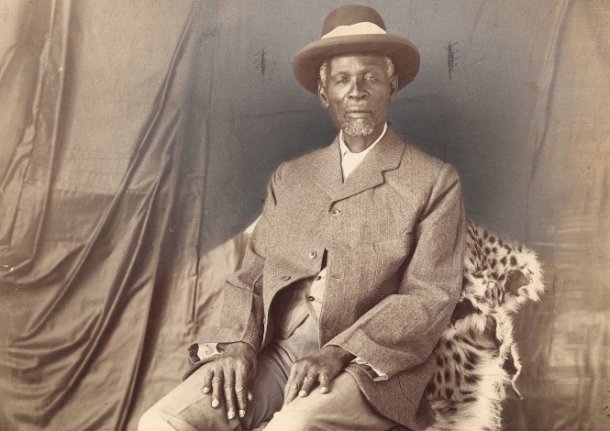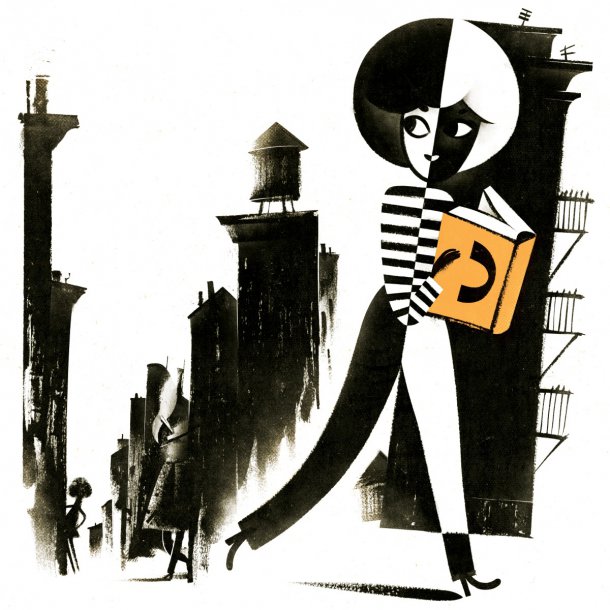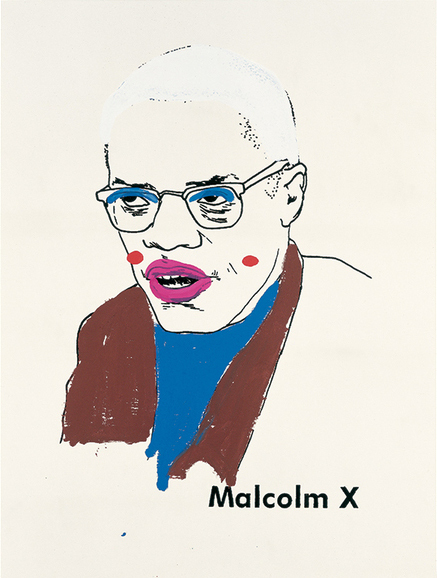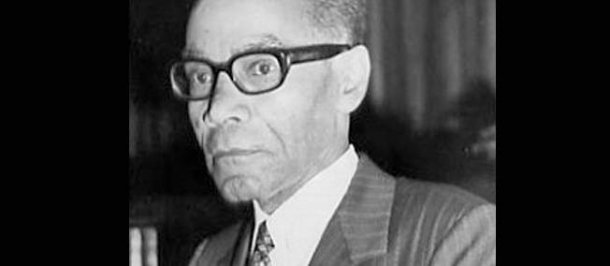'Guess who's coming to dinner': exposição em Nova Iorque reúne vários artistas africanos
Publicado3 Ago 2015
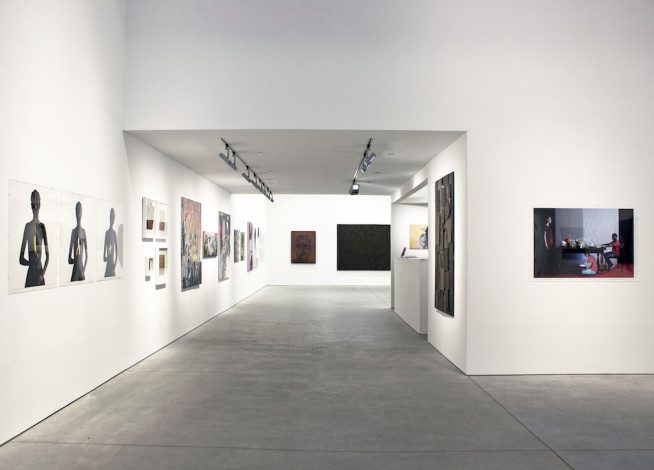
Imagem: Installation view at Richard Taittinger Gallery
A exposição Guess Who’s Coming to Dinner? na Richard Taittinger Gallery,em Nova Iorque, reúne trabalhos de vários artistas africanos; Halida Boughriet, Gopal Dagnogo, Sam Hopkins, Onyeka Ibe, Amina Menia, Chika Modum, Aida Muluneh, Chike Obeagu, Amalia Ramanankirahina, Ephrem Solomon, Uche Uzorka e Beatrice Wanjiku. A exposição, cujo título se inspira no filme homónimo de Sidney Poitier de 1967, tem curadoria de Ugochukwu-Smooth C. Nzewi, co-curador da 11ª edição da Dak’Art Biennal, que escreve no site Contemporary and sobre o significado desta exposição, em termos da marca "África" no circuito de arte contemporânea.
While the understanding of contemporary art has taken on a capacious nature, one observes that the work of a majority of artists from Africa is still mostly read against the grain of how it conveys cultural values or imagined ideas about the continent. The exhibition takes this peculiar system of value as its conceptual basis. Through the works on display, the exhibition problematizes this burden of “Africanness,” which, arguably, continues to inform the reception of contemporary art by African artists in the Western and international imaginary. Yet the twelve exhibiting artists do not disavow their connections to Africa either as a place of birth or a context of immense significance. Individually, they reflect localized experiences, histories, memories, and extant material conditions that intersect with the global or the universal.
Amina Menia focuses on Algeria’s recent past, fraught with colonial violence and anti-colonial pushback, which feed postcolonial anxiety. Her work in the exhibition is a selection from the ongoing photography series entitled Chrysanthemums which captures commemorative stelae and monuments dedicated to martyrs who laid down their lives in service to Algeria during the Algerian War of Independence (1954–62). Uche Uzorka’s connect the past and the present in addressing the challenges of nation building in Nigeria in the riveting ink drawings Alien Citizen, Alien Indigene (2014) and One Night’s Crossing of Color and Dream (2014). His other work Tear and Wear (No Place like Home (2014) explores processes of urban street culture in Lagos.
THE RISING CONTEMPORARY AFRICAN ART BRAND AND THE BURDEN OF AFRICANNESS

